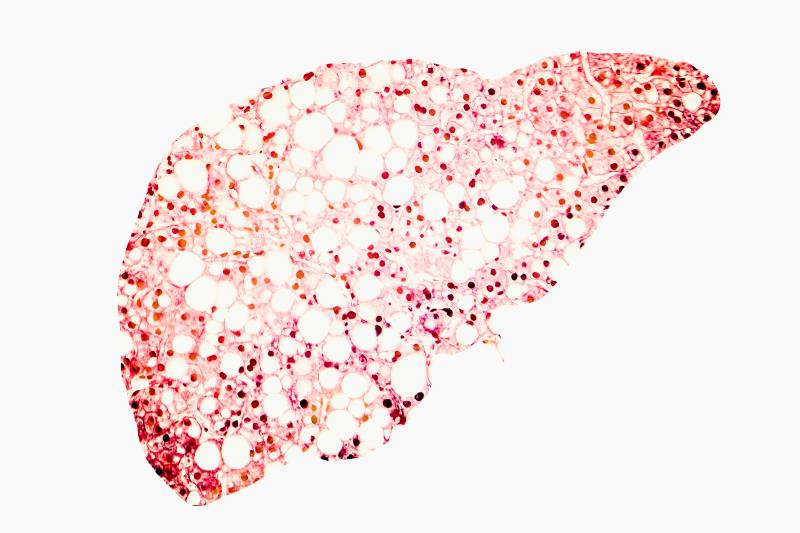
The enhanced liver fibrosis (ELF) test is sensitive but has limited specificity for the detection of advanced fibrosis in patients with nonalcoholic fatty liver disease, a recent meta-analysis has found.
Seventeen studies were retrieved from online repositories of scientific studies; only those that enrolled nonalcoholic fatty liver disease patients and used both liver biopsy (as the standard) and ELF were eligible. Heterogeneity in disease severity among those enrolled was notable, with the prevalence of advanced fibrosis ranging from 18 percent to 71 percent.
The performance of the ELF test varied according to different thresholds for the determination of advanced fibrosis. For instance, at the lowest threshold of 7.7 points, ELF had a good sensitivity value of 0.93 but poor specificity of 0.34. At a higher cut-off value of 9.80, specificity improve to 0.86, while sensitivity dropped to 0.65.
Further increasing the threshold to 10.51 and 11.30 led to continuous improvements in specificity (0.93 and 0.96, respectively) and worsening sensitivity (0.51 and 0.36, respectively).
Test performance likewise differed according to clinical setting. In low-prevalence settings, for example, where advanced fibrosis was present in <5 percent of all patients, a low ELF threshold of 7.7 yielded a negative predictive value of 0.99. In higher-prevalence settings (5 percent to 50 percent), this value ranged from 0.99 to 0.83.
“Clinicians should carefully consider the likely a priori disease prevalence in their clinical practice setting and select a suitable test threshold locally, to achieve the desired level of test performance,” researchers said.